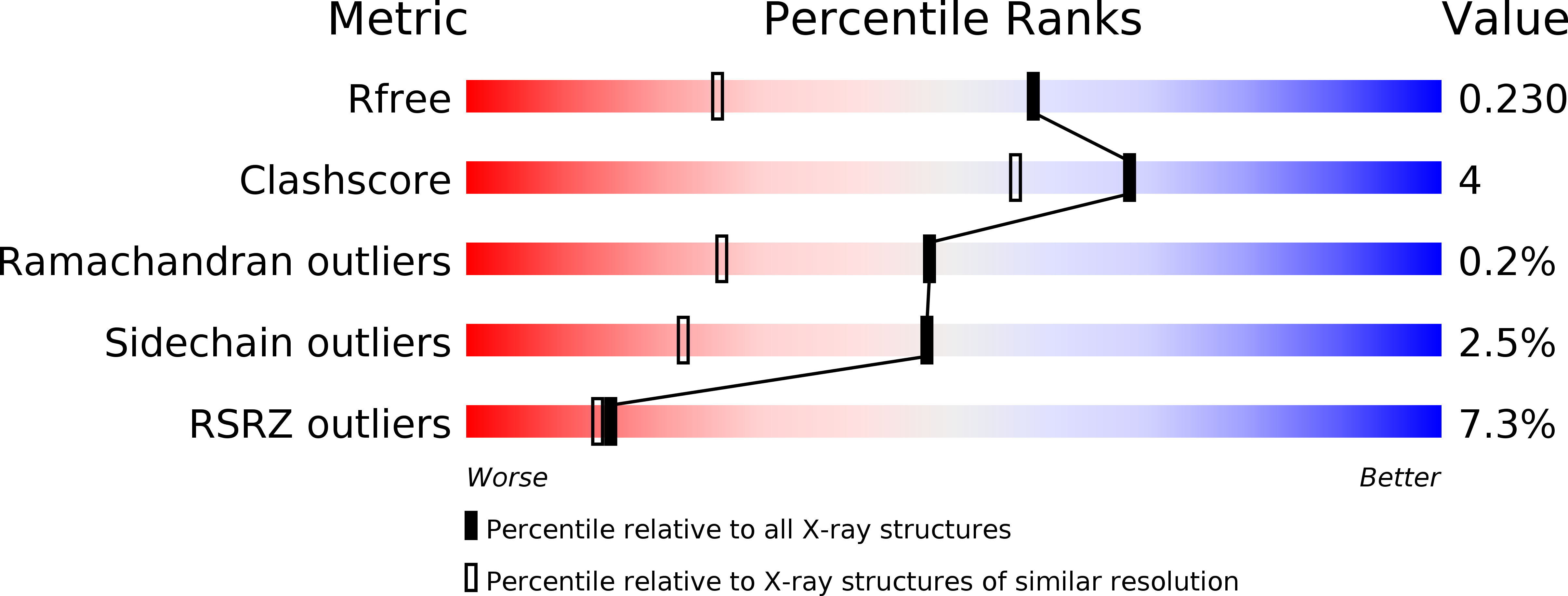
Deposition Date
2009-11-26
Release Date
2010-01-19
Last Version Date
2024-11-06
Entry Detail
PDB ID:
3KU3
Keywords:
Title:
Crystal structure of a H2N2 influenza virus hemagglutinin, avian like
Biological Source:
Source Organism:
Influenza A virus (Taxon ID: 387161)
Host Organism:
Method Details:
Experimental Method:
Resolution:
1.60 Å
R-Value Free:
0.23
R-Value Work:
0.19
R-Value Observed:
0.20
Space Group:
P 63


